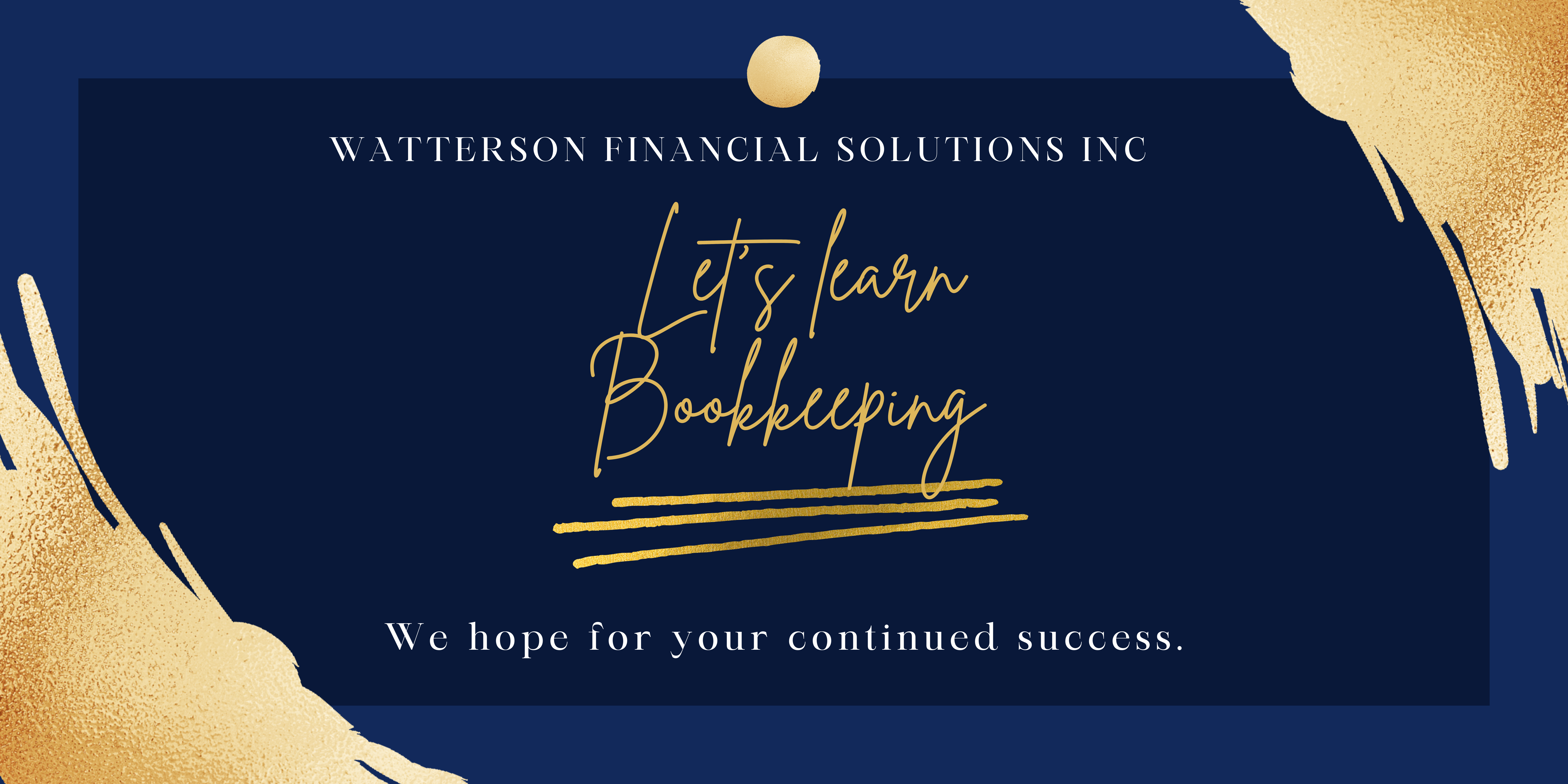
How to set-up bookkeeping for your business?
In continuation to the last blog, here we are discussing how can one set up bookkeeping for the business and what are Assets, Liabilities, and Equity When Balancing the Books?
What Do You Need to Set Up Bookkeeping for Your Business?
One of the first decisions as a new business owner you must make when setting up your bookkeeping system is whether to use a cash or accrual accounting system. If you are operating a small, one-person business from home or even a larger business from a one-person office, you might want to stick with cash accounting. This works best if your company is relatively small with a low volume of transactions.
If you use cash accounting, you record your transaction when cash changes hands. When using accrual accounting, you record purchases or sales immediately, even if the cash doesn't change hands until later, Sometimes firms start their business using cash accounting and switch to accrual accounting as they grow.
If you are going to offer your customers credit or if you are going to request credit from your suppliers, then you will need to use an accrual accounting system.
Most larger companies use a computer software program to keep track of their accounting and bookkeeping entries. Some large companies use a more sophisticated software for their accounting needs.
Businesses have to set up a chart of accounts. A chart of accounts is a listing of accounts which identify each transaction. The chart of accounts lists every account the business needs. Sub-accounts are also listed. For example, one account listing could be Cost of Goods Sold or Meals and Entertainment and a sub account could be Utilities. The chart of accounts may change over time as the business grows and its needs change.
Understanding Assets, Liabilities, and Equity When Balancing the Books
Effective bookkeeping requires an understanding of the firm's basic accounts. These accounts and their sub-accounts make up the company's chart of accounts. Assets, liabilities, and equity make up the accounts that compose the company's balance sheet.
Assets are what the company owns such as its inventory and accounts receivables. Assets can also include fixed assets which are generally owned assets that could include the building itself, equipment and land. If you look at the format of a balance sheet, you will see the asset accounts listed in the order of their liquidity. Asset accounts start with a cash account since cash is perfectly liquid. After the cash account, there is the inventory, receivables, and fixed assets accounts. Those are tangible assets, because you can touch them. Businesses also have something referred to as intangible assets such as customer goodwill that may be listed on the balance sheet.
Liabilities are what the company owes, to their suppliers, the bank, business loans, mortgages, and any other debt listed on the books. The liability accounts on the balance sheet include both current and long-term liabilities. Current liabilities are usually accounts payable and accruals. Accounts payable are usually what the business owes to its suppliers, credit cards, and bank loans. Accruals will consist of taxes owed including sales tax owed, to the Federal or Provincial government for accounts such as GST/HST/EI, which are paid monthly/quarterly or annually. Long-term liabilities have a maturity of greater than one year and include items like mortgages or loans.
Equity is the investment a business owner and any other investors, have in the firm. The equity accounts include all the claims the owners have against the company. The investments a business owner has and any investments from investors are reflected here.
In bookkeeping, you have to balance your books at the end of the year. The bookkeeper must keep track of these items and be sure the transactions that deal with assets, liabilities, and equity are recorded correctly and in the right place. There is a key formula you can use to make sure your books are always balance. That formula is called the accounting equation:
Assets = Liabilities + Equity
The accounting equation means that everything the business owns (assets) is balanced against claims against the business (liabilities and equity). Liabilities are claims based on what you owe vendors and lenders. Owners of the business have claims against the remaining assets (equity).
To know more feel free to contact us at robert@wattersonfinancial.com or call us at 6474035381
Valuable blog posts: Our blog is regularly updated with accounting advice, valuable tools, product/service information, and accounting trends.
Unmissable promotions: From time to time, we’ll share our most exclusive promotions with our newsletter subscribers. Don’t miss out!
We promise we won’t overload your inbox! Watterson Financial Solutions Inc’ email newsletter is sent out bi-monthly with only the most relevant content for you.
With several years of experience, Watterson Financial Solutions Inc is a leading accounting firm in Mississauga, Ontario. Our services include personal tax planning, business registration, business setup and consulting, bookkeeping and accounting, payroll, WSIB, HST, corporate tax, assurance, disability tax credit program, budgeting and forecasting services, insurance, mortgages, investments, real estate and legal services, business valuation services, estate planning services, litigation support and damage quantification services.
To learn more about what we do, please click here, or get in touch with us by clicking here.
Sign up for our newsletter now to stay in touch with us. Register here!
Personal Tax Planning | Business Registration | Business Setup & Consulting | Bookkeeping & Accounting | Payroll, WSIB, HST | Corporate Tax | Assurance | Disability Tax Credit Program | Budgeting and Forecasting Services | Insurance, Mortgages, Investments, Real Estate & Legal Services | Business Valuation Services | Estate Planning Services | Litigation Support and Damage Quantification Services | Staunch IT Consultants |



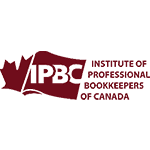

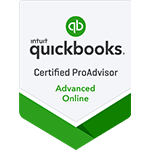




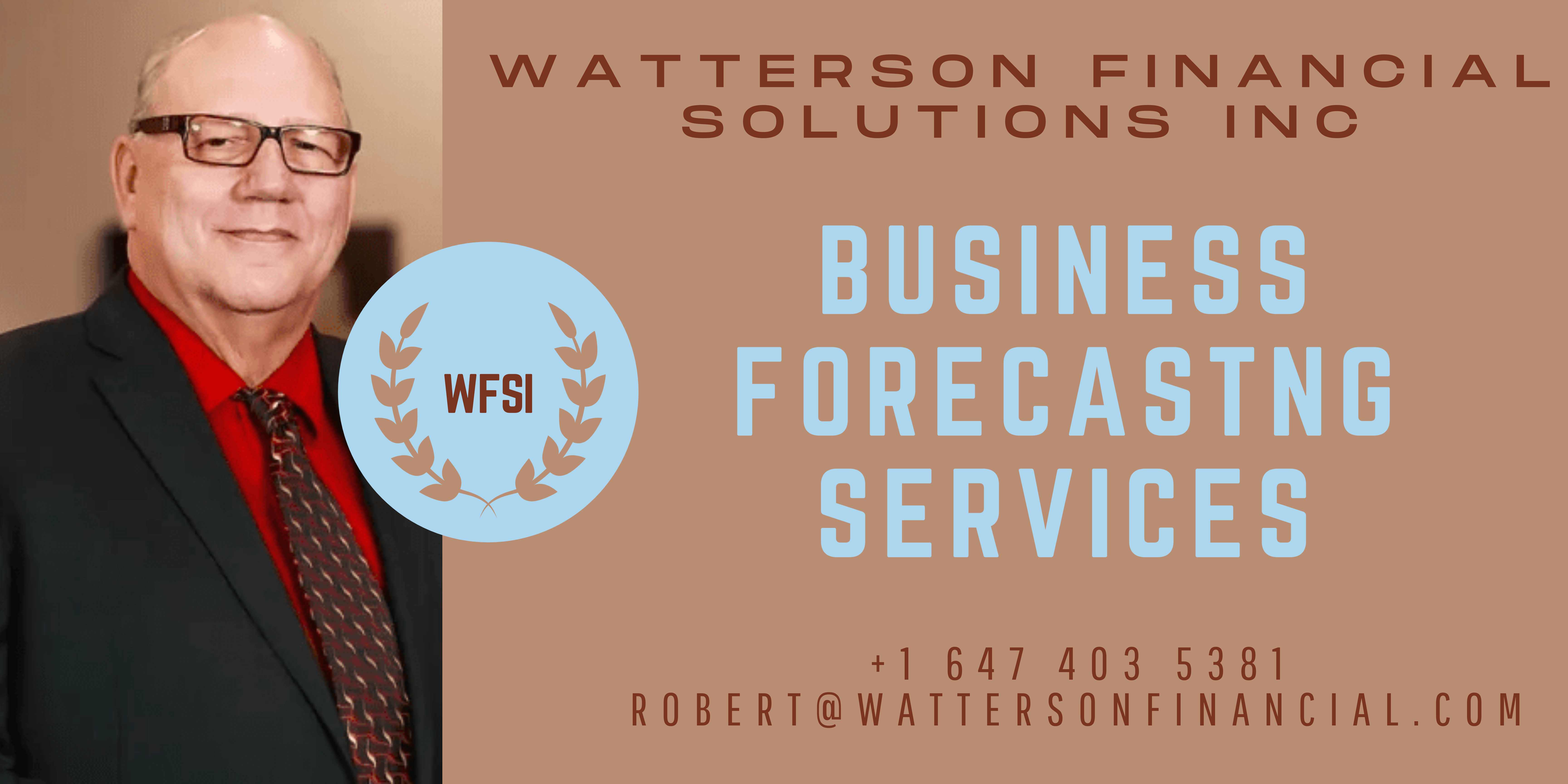
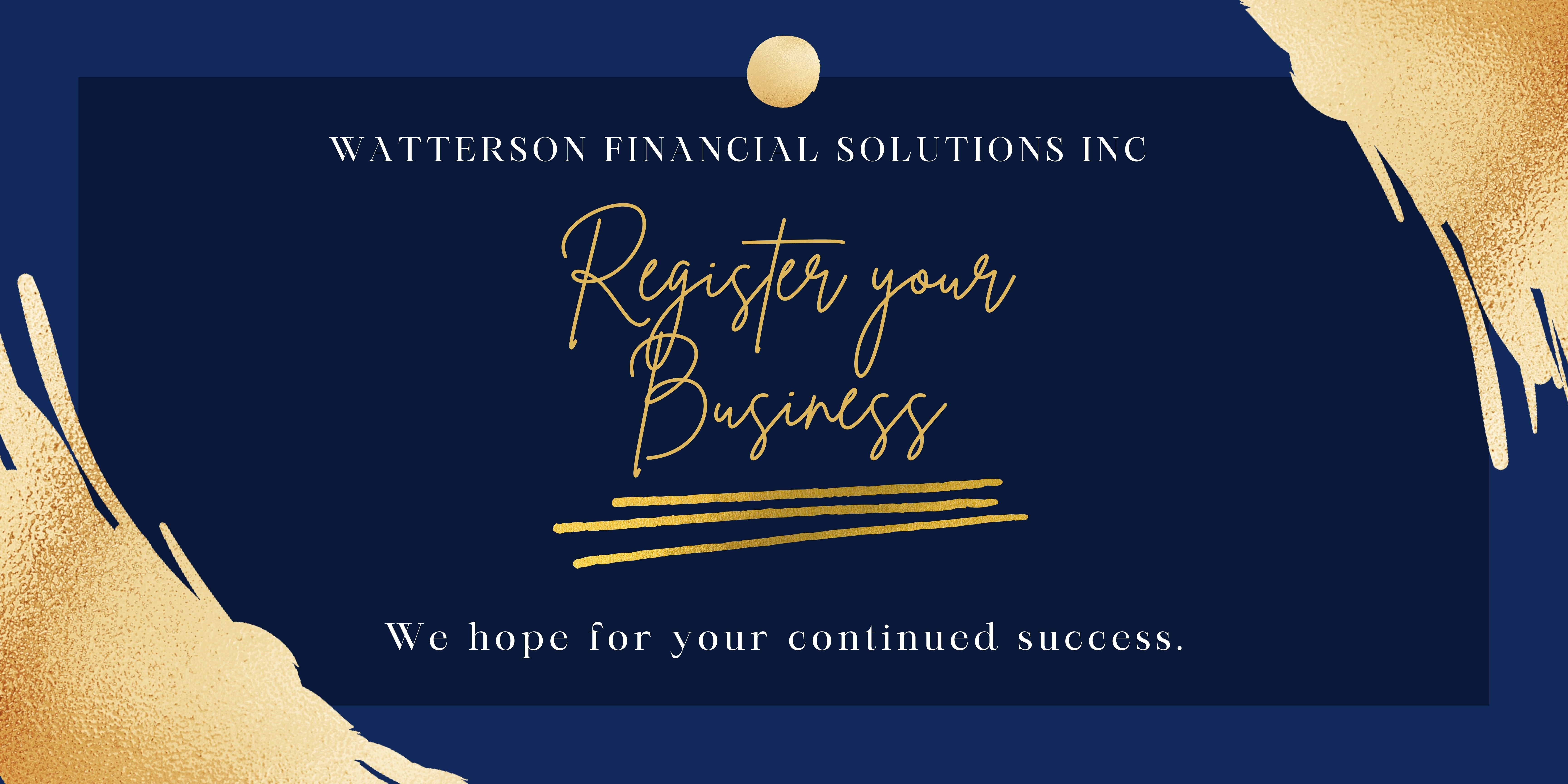

Share This News